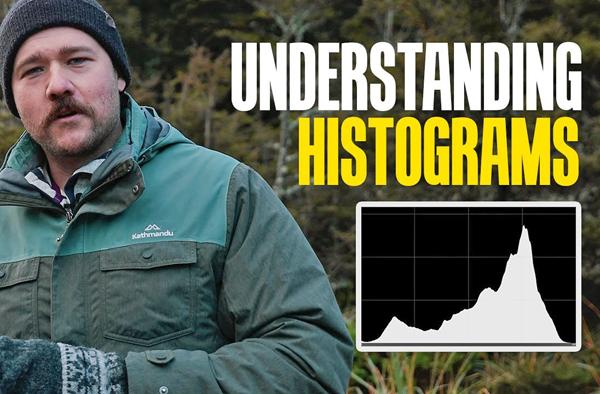Use Your Camera’s HISTOGRAM for Perfect Travel & Nature Photos: Here’s How (VIDEO)

If you’re struggling to properly exposure complicated outdoor photos join the club! Many landscape scenes involve a wide range of tones from bright highlights to deep shadows, and it can be difficult knowing where to start.
But here’s an important question: Are you using your camera’s histogram? If not, you’re missing out on a key technical skill that takes much of the guesswork out of exposing outdoor scenes.
William Patino is a New Zealand landscape photographer and instructor, specializing in quick tutorials that simplify seemingly difficult tasks, and today’s two-minute tip is a perfect example. He explains how the histogram works, how to read it, and how to make the adjustments it indicates so you nail exposure every time.

Patino says that after watching this episode, “the histogram will become your new best friend,” and we think you may agree. He explains that the histogram “is a graph indicating the amount of data in an image.” In other words, it’s a representation of the exposure—with shadows on one end, highlights on the other, and midtones in between.
As you’ll see, interpreting the histogram is really easy, and as you shift the exposure in either direction the histogram changes accordingly until you get things right. Patino explains how to make the necessary adjustments, which are particularly important when scenes have a wide dynamic range and plenty of contrast.
Patino explains what he means by “exposing to the right,” and how this technique helps avoid losing details in the highlights. Then it’s easy to recover lost shadow details during the editing process.

After watching this video and learning what the histogram means for your photos, pay a visit to Patino’s YouTube channel where you’ll find more great advice.
And check out the tutorial we posted recently from another pro, revealing five simple travel photography tips so you don’t miss a shot.
- Log in or register to post comments

















































